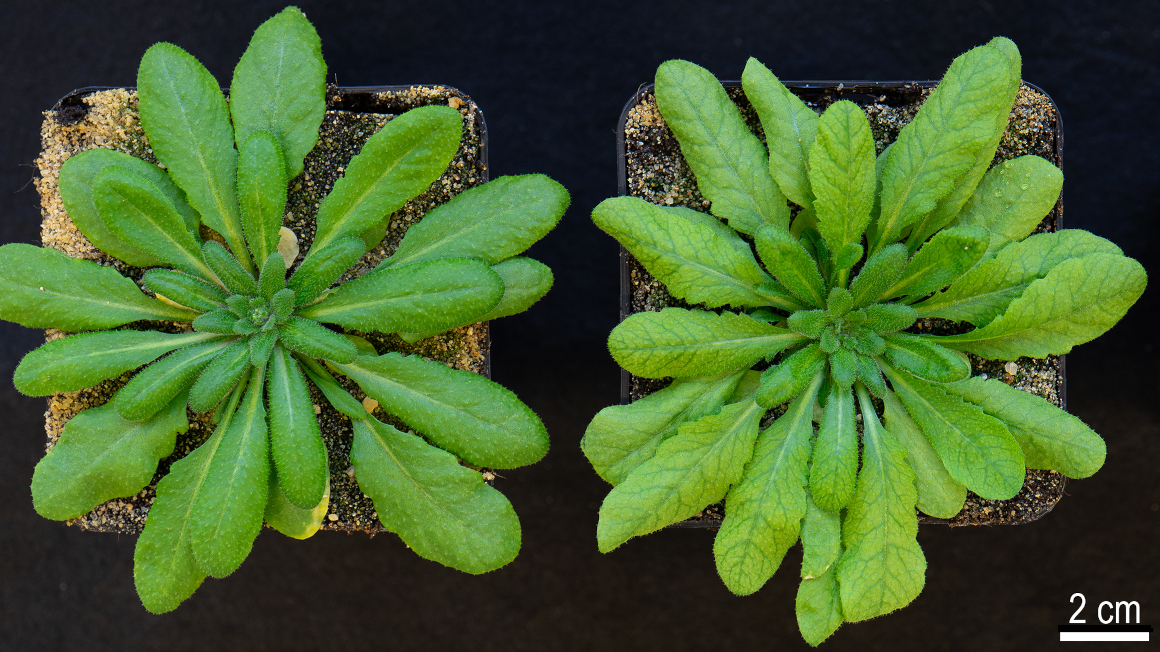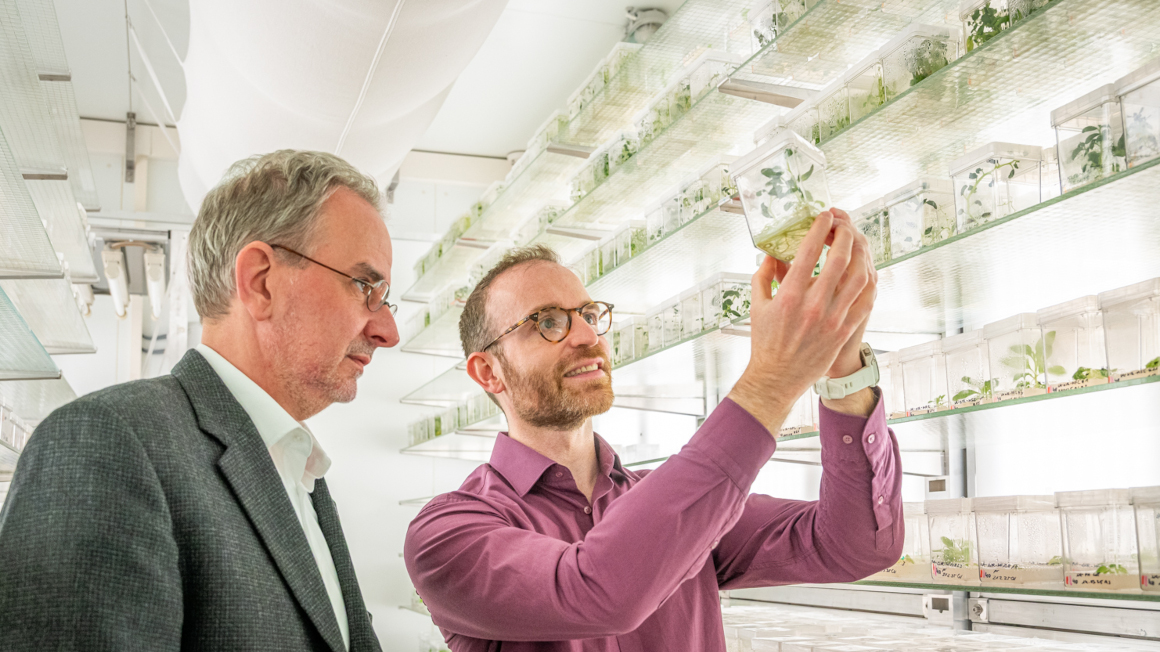Mystery surrounding amino acids in plants solved
Researchers at Heinrich Heine University Düsseldorf have identified the mechanism by which plants transport amino acids within their organisms. The findings could contribute to the development of crops with a higher content of essential amino acids.

Humans need amino acids for protein synthesis, bodily functions and tissue maintenance. However, the human organism cannot produce some of the 20 amino acids itself, but must obtain them from food. These are the so-called essential amino acids. Plants, on the other hand, are able to produce all of them independently and are therefore an important source of amino acids for humans. Until now, however, it was unclear how plants distribute essential amino acids within their organisms. The research group led by Andreas P. M. Weber from the Institute of Plant Biochemistry at Heinrich Heine University (HHU) has now deciphered the mechanism. They recently published their findings in Nature Plants.
The mystery of RE1
Plants produce all nine essential amino acids exclusively in specialised cell organelles called plastids. These include chloroplasts, where photosynthesis takes place. The research team discovered that proteins of the RETICULATA1 family (RE1) transport amino acids such as arginine, citrulline, ornithine and lysine through the envelope membrane of chloroplasts. In this way, they regulate amino acid exchange within the plant. ‘The molecular function of RE1 has been a mystery for decades,’ says Weber. Plants without the transport protein RE1 not only show altered leaf shapes, but also greatly reduced amino acid content. Lead author Franziska Kuhnert explains: ‘If RE1 and its closest relative RER1 are completely absent, this is in fact fatal for the plant.’ RE proteins are found exclusively in organisms with plastids and probably date back to the time of endosymbiosis – the formation of chloroplasts in early plant cells.
New perspectives for plant breeding
‘Our findings provide crucial insights into the complex relationship between the transport of amino acids into plastids and leaf development as well as nutrient distribution in plants,’ explains Weber. According to the researchers, this opens up new approaches for breeding crops with a higher content of essential amino acids and thus particularly high nutritional value. In turn, this could contribute to improving food security in the long term, they say.
The research was conducted as part of the CEPLAS Cluster of Excellence and the DFG-funded Collaborative Research Centres SFB 1208/2 and 1535/1, funded by the German Research Foundation.
lh


